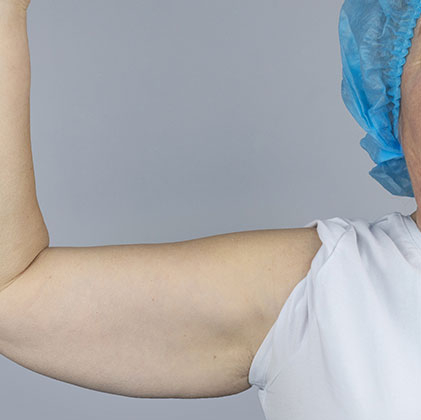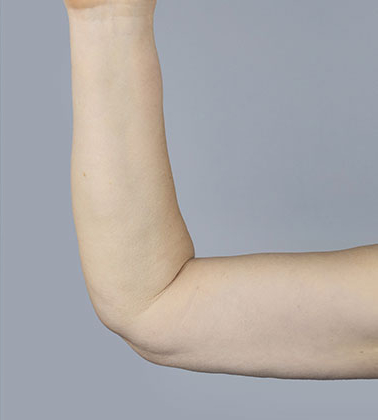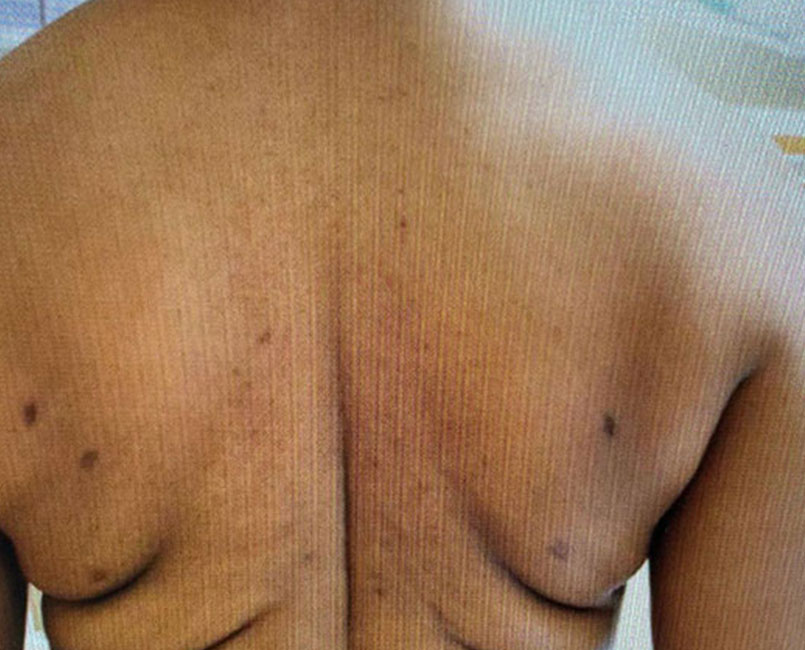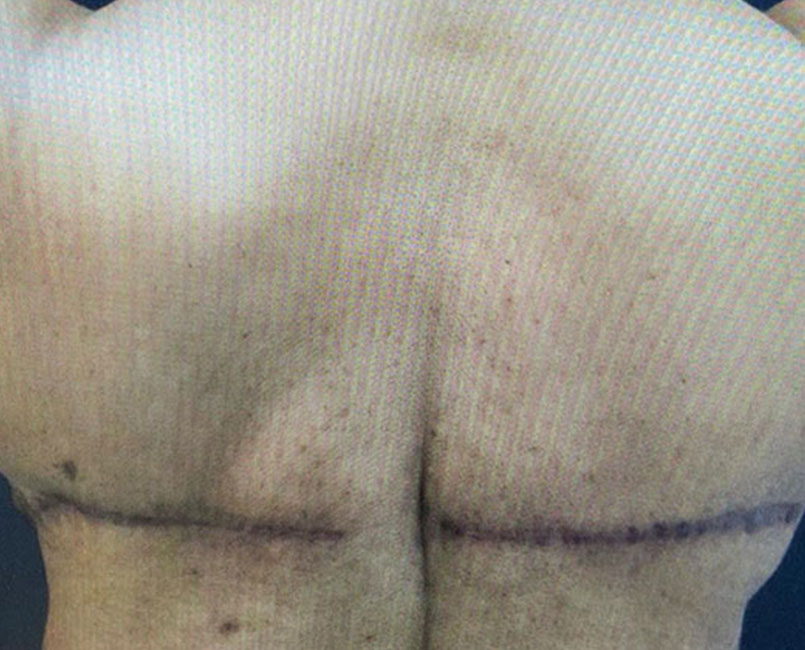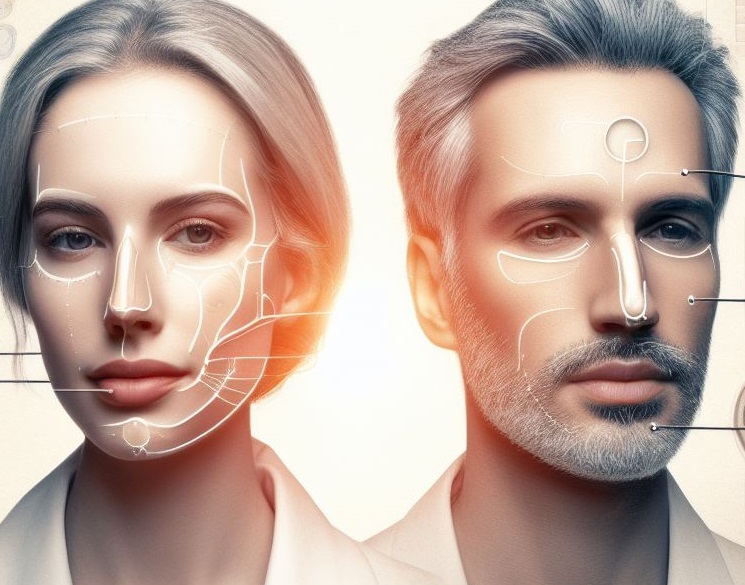Rhinoplasty, commonly referred to as a nose job, is a popular cosmetic procedure that can enhance the appearance and function of the nose. While the immediate results of rhinoplasty can be quite satisfying, it’s essential to understand that the way your nose looks and functions can change over time.
Several factors influence how rhinoplasty changes with age. In this article, we will delve into these factors to provide you with a comprehensive understanding of the long-term outcomes of rhinoplasty.
Contents
Aging and the Natural Aging Process
As we age, our facial tissues, including the skin, cartilage, and bones, undergo changes. These changes can impact the appearance of your nose, potentially altering the results of your rhinoplasty. Skin may lose elasticity, leading to sagging or drooping, and cartilage and bone may also change shape or density over time.
Healing and Scarring
The way your body heals and the formation of scars can vary from person to person. The quality of healing and the visibility of scars can affect the long-term results of your rhinoplasty. A board-certified plastic surgeon with expertise in rhinoplasty can minimize scarring during the initial procedure, but individual healing processes still play a role in the final outcome.
Lifestyle and Habits
Your lifestyle and habits can significantly impact how your rhinoplasty results evolve over the years. Factors such as sun exposure, smoking, and weight fluctuations can affect the skin and tissues of your nose. Sun damage, in particular, can lead to premature aging and changes in skin texture and pigmentation.
Trauma and Injury
Accidents or injuries that involve your nose can potentially alter the results of rhinoplasty. Even minor trauma can disrupt the delicate balance achieved during surgery, causing changes in the shape and function of your nose. It’s crucial to protect your nose from harm, especially in the early stages of recovery.
Post-Operative Care and Maintenance
Following your rhinoplasty, it’s essential to follow your nose job surgeon’s instructions for post-operative care and maintenance. This includes avoiding strenuous activities, refraining from wearing glasses that rest on your nose, and using sunscreen to protect the skin. Failure to adhere to these guidelines can impact the longevity of your rhinoplasty results.
Weight Fluctuations
Significant weight gain or loss can affect the way your face looks, including your nose. Fat loss or gain in the face can alter the appearance of your nose and surrounding structures. Maintaining a stable weight can help preserve the results of your rhinoplasty.
Genetics
Your genetics also play a role in how your rhinoplasty changes with age. Certain facial features, including the shape and size of your nose, are inherited. As you age, your genetics can influence how your nose continues to change over time, regardless of the surgery.
While rhinoplasty can provide remarkable results in improving the aesthetics and function of your nose, it’s essential to understand that your nose will continue to change with age due to various factors.
To ensure the best long-term outcomes, it’s crucial to choose a skilled and experienced board-certified plastic surgeon who can guide you through the process and provide expert advice on maintaining the results of your rhinoplasty as you age.
